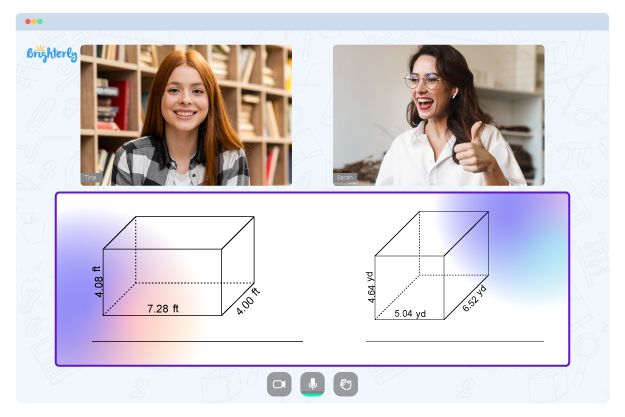30 60 90 Triangle – Definition with Examples
Created on Jan 07, 2024
Updated on January 13, 2024
The 30 60 90 triangle, a key concept in geometry for young learners at Brighterly, is distinguished by its angles: 30 degrees, 60 degrees, and 90 degrees. Its sides have a fixed ratio, essential for solving various geometric problems.
This triangle’s unique side relationships provide a straightforward approach to understanding geometry. In this article, we’ll explore these properties, explain side length calculations, and demonstrate practical examples. This concise overview is aimed at helping students grasp the fundamentals of the 30 60 90 triangle and apply them in mathematical contexts.
What Is a 30-60-90 Triangle?
A 30-60-90 triangle is a specific type of right triangle characterized by its angle measurements. The angles in this triangle are 30 degrees, 60 degrees, and 90 degrees. The 90-degree angle makes it a right triangle. This triangle is significant due to its unique properties and ratios between its sides.
30 60 90 Triangle Sides
The sides of a 30-60-90 triangle are in a unique ratio that depends on the angles. The side opposite the 30-degree angle is the shortest, let’s call it . The side opposite the 60-degree angle is , and the side opposite the 90-degree angle, which is the hypotenuse, is . This ratio 1:√3:2 remains constant for all 30-60-90 triangles.
30 60 90 Triangle Rules
There are specific rules associated with 30-60-90 triangles:
- Side Ratios: As mentioned, the sides are in the ratio 1:√3:2.
- Angles: The angles are always 30 degrees, 60 degrees, and 90 degrees.
- Pythagorean Theorem: This theorem applies as it is a right triangle, so 2.
Some other important 30-60-90 rules:
- Scaling: Multiplying all sides of a 30-60-90 triangle by the same factor results in another 30-60-90 triangle.
- Angle Bisector: Bisecting the 60-degree angle creates two smaller 30-60-90 triangles.
Perimeter of the 30-60-90 Triangle
The perimeter of a 30-60-90 triangle is the sum of its sides: .
Area of the 30-60-90 Triangle
The area of the triangle is . For our triangle, it would be .
30-60-90 Triangle Theorem
The 30-60-90 Triangle Theorem states that in a 30-60-90 triangle, the sides are in the ratio 1:√3:2, and the angles are fixed at 30, 60, and 90 degrees.
Solved Examples on 30-60-90 Triangle
Here are some 30-60-90 triangle examples:
Example 1: If the shortest side of a 30-60-90 triangle is 4 cm, find the lengths of the other sides. Solution: Other sides are 4√3 cm and 8 cm.
Example 2: Find the area of a 30-60-90 triangle with a hypotenuse of 10 cm. Solution: Shortest side cm, so area is 12.5√ cm².
We recommend using Brighterly Worksheets for the topic “30-60-90 triangles”. These worksheets provide you with clear visual aids and practice problems that will help you better understand this topic and improve your problem-solving skills.




